The Decade That Changed Video Games Forever
We delve into the 1990s — one of the most significant decades in gaming history
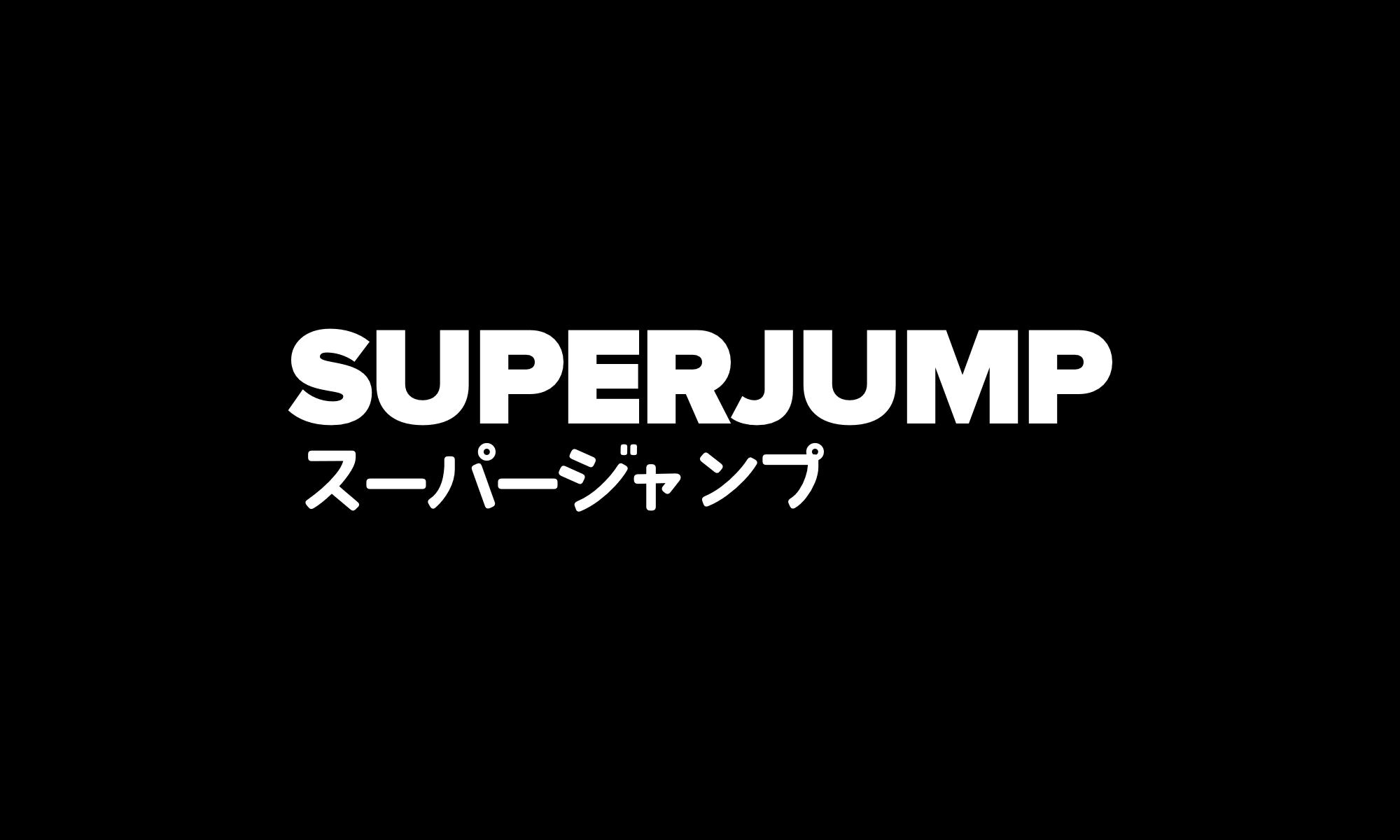
Did you know that the first video game in history, called Tennis For Two, was created in 1958? In video game terms, the 1950s could best be summarised as the Proterozoic eon. Computers had existed prior to the ’50s in various mechanical and analogue forms. But the ’50s saw rapid advancement in computing, including the introduction of the first electronic commercial computers as well as the first real “software” (that is, the ability to store — and change — programs in memory, rather than physically re-wiring the hardware in order to “reprogram” it).
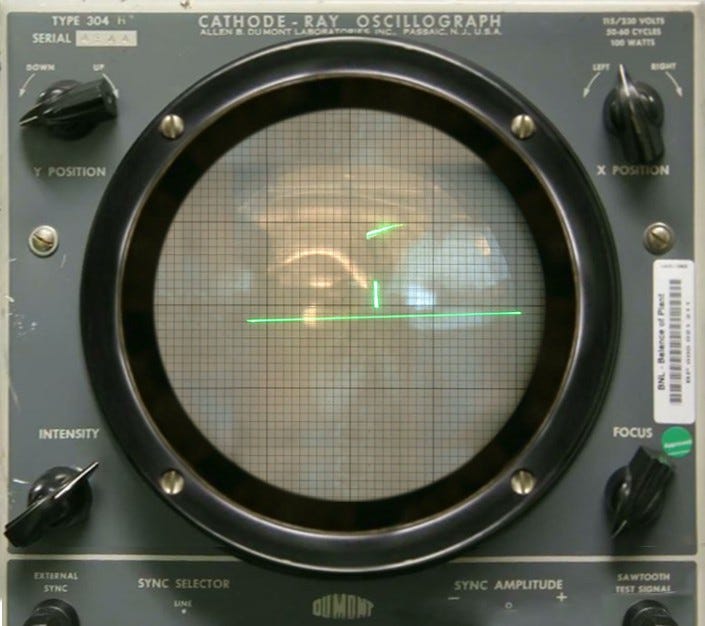
Owning a computer in the ’50s would be like owning a Hadron Collider in the 2020s. The machinery was enormous, highly complex, phenomenally expensive, and could only be operated by specifically-trained technicians and engineers. So, the video games of this era were obviously not commercial products. However, they did play a useful role in demonstrating the power of computing technology at the time (you might say that all video games of the ‘50s were tech demos, really).
Evolution of the form
It is painfully obvious to point out just how far video games have come since Tennis For Two. Even in my lifetime — I’m now 38 years old — I have first-hand experience of seeing (and marvelling at) Super Mario Bros. when it was still relatively new, and being able to compare that to playing Breath of the Wild on a tiny plastic slate that fits in my hands. When I play a game like Half-Life: Alyx in VR, I actually find it difficult to articulate my feelings about the experience. Suffice it to say, the fact that I regularly say “Wow!” out loud while I play surely indicates my feelings.
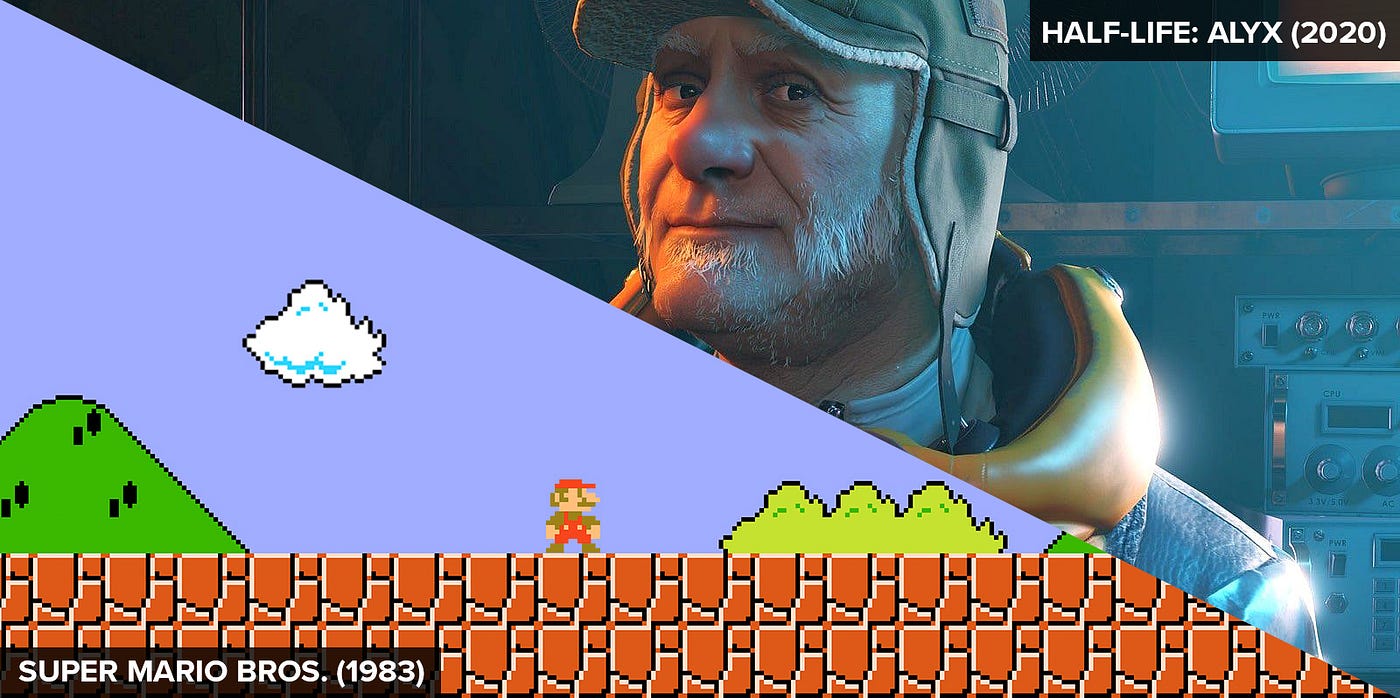
Video game history is full of remarkable moments and consequential decisions. And in retrospect, each decade since the ’50s has taken on a character of its own. When you think about the ’70s or ’80s for example, there are immediate signposts that resonate with all gamers. Whether it’s the outsized influence of the Atari 2600 or the deeply consequential arrival of the Nintendo Entertainment System, it’s easy to see how one decade has shaped the next.
This feels especially true of the ’90s, a decade where video games truly became mainstream products for the first time. The first half of the decade saw a proliferation of video game consoles that pushed technological boundaries: whether it’s Nintendo’s remarkable Super FX chip (which brought polygon-based graphics to the humble SNES), the highly ambitious 3D0 (which attempted to establish something of an “open source” hardware platform), or the PlayStation (which revolutionised the industry itself and greatly expanded the market). The latter half of the ’90s was even more impressive: the Nintendo 64 set the standard for 3D gaming experiences, 3D graphics cards began to push the boundaries of what was possible in games on PC, and the legendary Dreamcast console introduced online gaming to home consoles in a meaningful way for the first time.
It’s easy to see why the ’90s was such a special decade for video games; there’s a seemingly unlimited range of stories to cover. Even the notable “failures” of the period — like the aforementioned 3D0 — influenced the industry for years to come.
Retrospectives
Our team is passionate about video game history. Ideas for stories began flying around the moment we kicked off discussion about this period. That prompted several of us to delve into the ’90s to tell a range of stories that meant something to us. What follows is a collection of those stories for your reading pleasure.
We hope you enjoy our celebration of the 1990s.

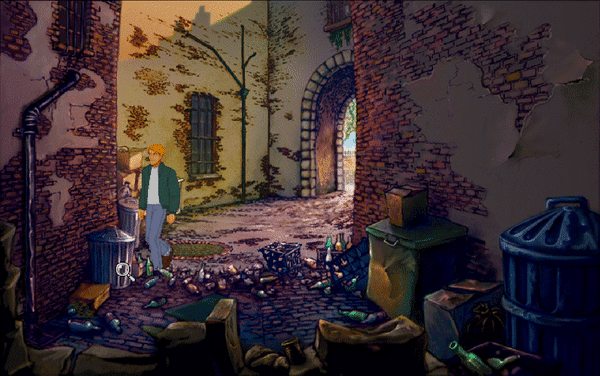
Revisiting 1996’s Broken Sword: The Shadow of the Templars
By Mark Harris
Twenty-five years may be a long time in gaming, but with the accessible simplicity of its mechanics, high quality of writing, beautiful soundtrack, and striking visual design, Broken Sword is just as much worth your time now as it was in 1996.

A Look Back at Super Mario RPG
By Josh Bycer
The line between what is and what isn’t an RPG has become blurred over the years, and it’s easy to trace the start to the success of Super Mario RPG.
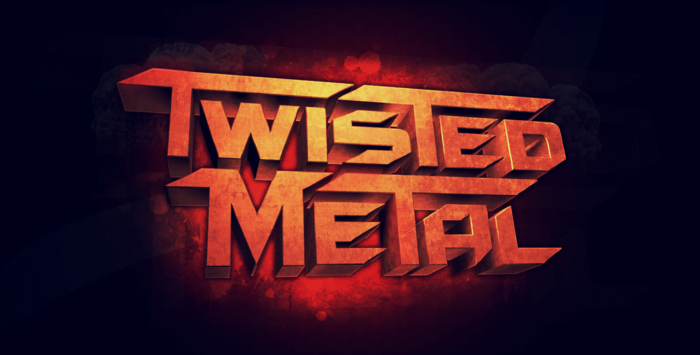
Revisiting 1996’s Twisted Metal 2
By Mark Harris
Twisted Metal 2 obviously revels in a dark sense of humour but approaches storytelling and characterisation with the broad strokes accessibility of a Saturday morning cartoon. The kind that might secretly be meant for adults, but is presented with a touch light enough that kids may also find wicked delight in its twisted world.

Yoshi’s Island, the Perfect Platformer
By Brandon R. Chinn
Yoshi’s Island follows its own aesthetic and internal logic better than any game that I can think of. The unmistakable polish of a Nintendo title is no more apparent than in this friendly outing where Mario is reduced to little more than a squalling nuisance who bounces around on Yoshi’s saddled back.
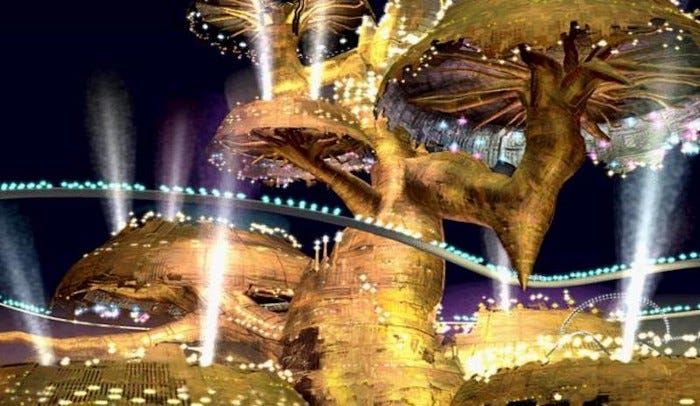
How FFVII Nailed the Mini-Game
By Kristina M.H.
Final Fantasy VII took chances and demonstrated the variability of gameplay and flexibility by veering off traditional RPG paths. All while giving the player to a chance to revisit favorite mini-games that were for the first time a major storytelling element.
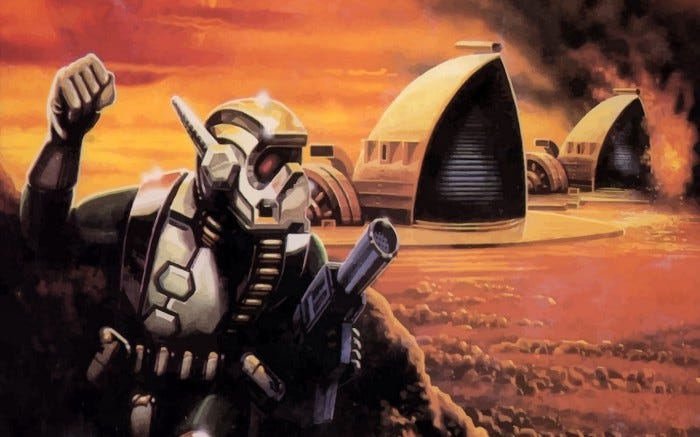
I Played This 1992 Dune Game So That You Don’t Have To
By Antony Terence
I’ll never forget enemy soldiers squealing as my tanks ran over them. Those injured and lucky enough to avoid tank treads crawled as they were consumed by Arrakis’ eerie shifting dunes. Explosions left permanent craters, akin to future Command & Conquer titles.

Revisiting 1996’s Tomb Raider
By Mark Harris
Dated though it may be in some areas, the game that started it all feels great to play in 2021. Certain aspects still stack up favorably even against modern entries, particularly those pertaining to level design, the use of sound in building atmosphere, and how spacing out encounters plays with tension.
